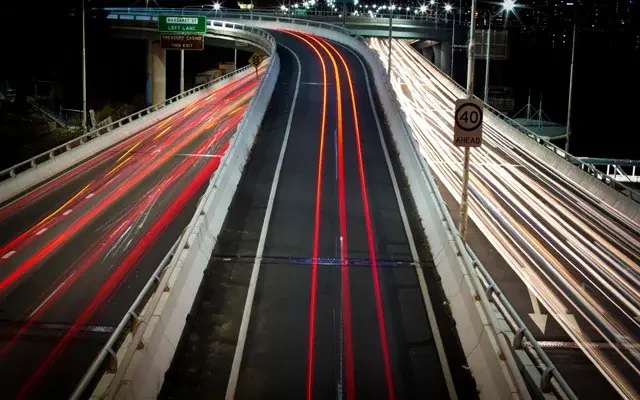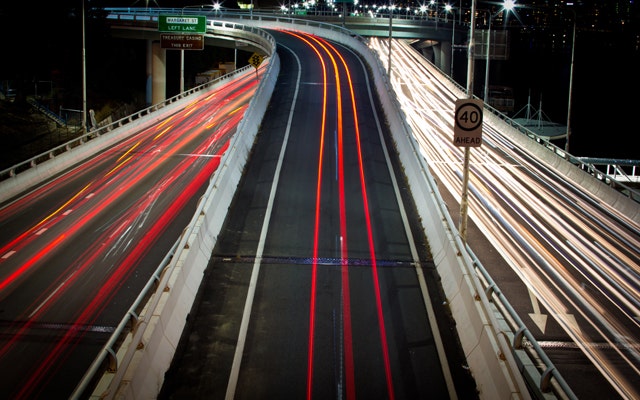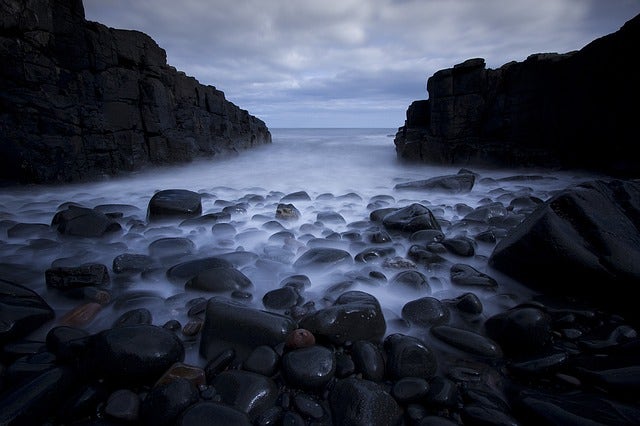
If you’ve ever thought a photograph you have taken is too dark or too light, your complaint is probably related to the photograph’s exposure.
Exposure determines how light or dark an image appears. It can be altered by using the settings on your camera.
Your camera’s exposure settings are determined by three different variables: aperture, ISO and shutter speed.
These settings are often referred to as the exposure triangle. So to understand exposure, you really have to know how these three settings work.

The Exposure Triangle
Get familiar with the exposure triangle and you’ll be able to play much more confidently with your exposure settings.
Each of these settings will change exposure. But remember, if you do change these settings you'll also be affecting your photography in other ways too!
Aperture
The word aperture simply means 'opening'. Picture the iris of the eye widening and closing due to light intake... That's how aperture works.
The aperture is a set of blades in your camera that open and close, letting in more or less light to affect your depth of field. A narrow aperture means less light will enter your camera, while a wide aperture allows more light in.
Understanding aperture settings
Aperture is measured in f-stops, which can sound complicated. The lower the f-stop the bigger the lens opening and the less depth of field. In other words, the blurrier the background. The higher the f-stop, the greater the depth of field and the sharper your images will appear.
The maximum aperture setting refers to the iris wide open (e.g. f/2.8) and the minimum aperture is the iris at its smallest setting (e.g. f/22).
Shutter Speed
The shutter is a barrier in front of the sensor that moves out of the light's path when you press the shutter release, allowing light to reach the sensor and create an exposed image.
Shutter speed controls how long the shutter is open, and how long your image will be exposed to your camera’s sensor. In other words, it determines the duration of an exposure. A slower shutter speed will result in longer exposure and more light. The faster it is, the less exposure your camera gets and the darker your image will appear.
Understanding shutter speeds
Shutter speed is measured in increments we call stops. When you change a setting by a 'stop' you are either doubling or halving the exposure. So for instance, changing from 1/500sec to 1/250sec doubles the duration of the exposure. As well as full stops, you can also vary exposure in 1/2 or 1/3 stops depending on the camera model you use.
So for instance, changing from 1/500sec to 1/250sec doubles the duration of the exposure. As well as full stops, you can also vary exposure in 1/2 or 1/3 stops, depending on the camera model you use.

ISO
ISO speed affects the sensitivity of your camera's lens to light. A high ISO means the image will be brighter, while a darker image can result from a low ISO.
If you are taking photos in low light, you'll want a higher ISO to see more. But a high ISO can also create more noise on your image.
A lower ISO is much preferred as this will give a crystal clear image. This means keeping a compact camera’s ISO between 50 and 200 and DSLR’s ISO between 50 and 800. If you need to boost your camera's exposure, try your aperture and shutter speed settings first.
The beauty with Digital SLR photography - and indeed, photography with many compact and mirrorless cameras - is that we aren't limited to one setting but can take control and choose exactly how we want our image to be shot. The first major step to take your camera off auto and select one of the exposure modes that allow for far more creative shooting.
Remember, if your image has to be underexposed or overexposed, it’s always better to be underexposed because you can often fix that in a post-production program.
For more handy tips, check out the Camera House blog or head in-store for expert advice. Browse our huge range of cameras and accessories in our online store today.
Image by Brendon Quilty - Chermside Camera House
